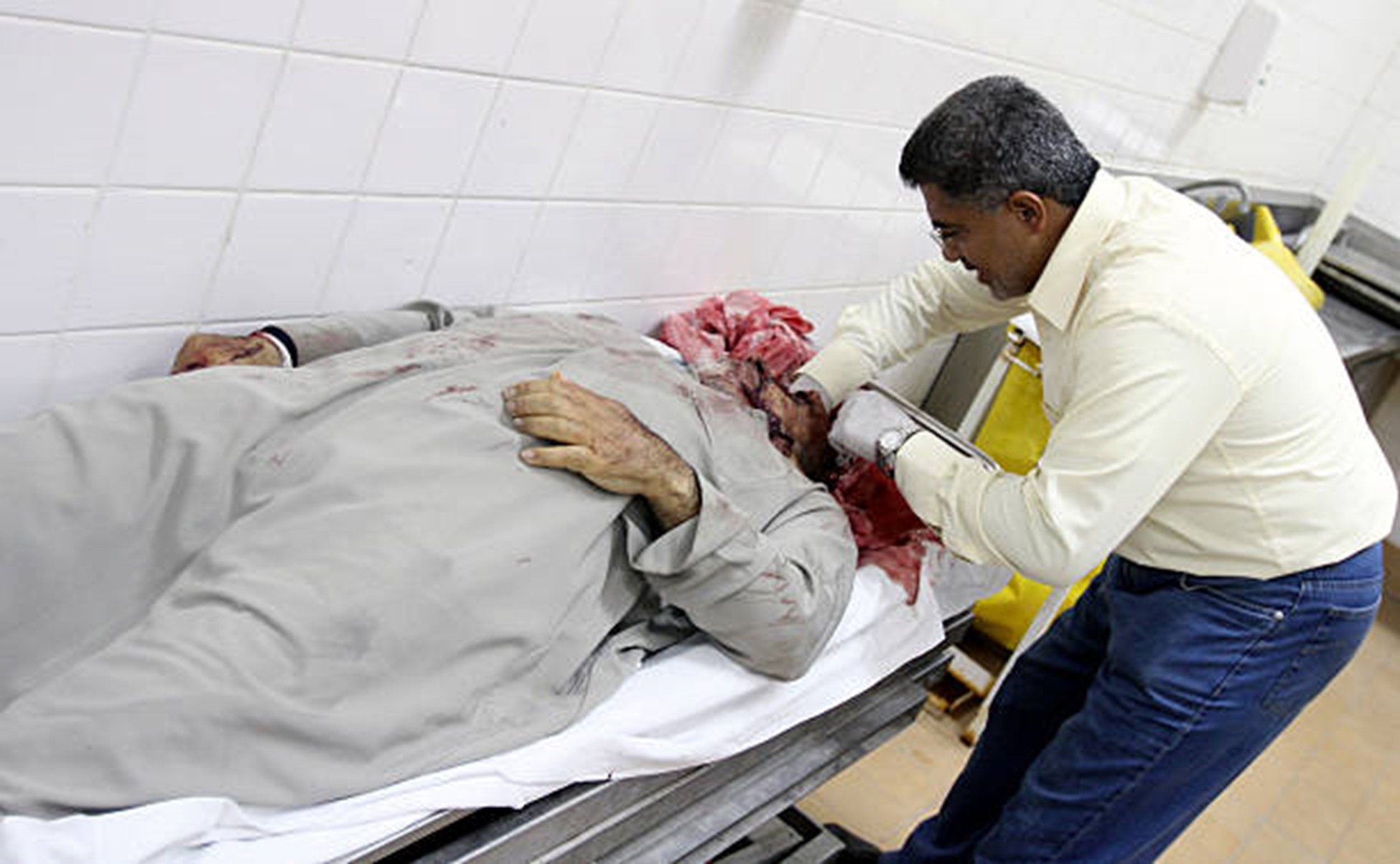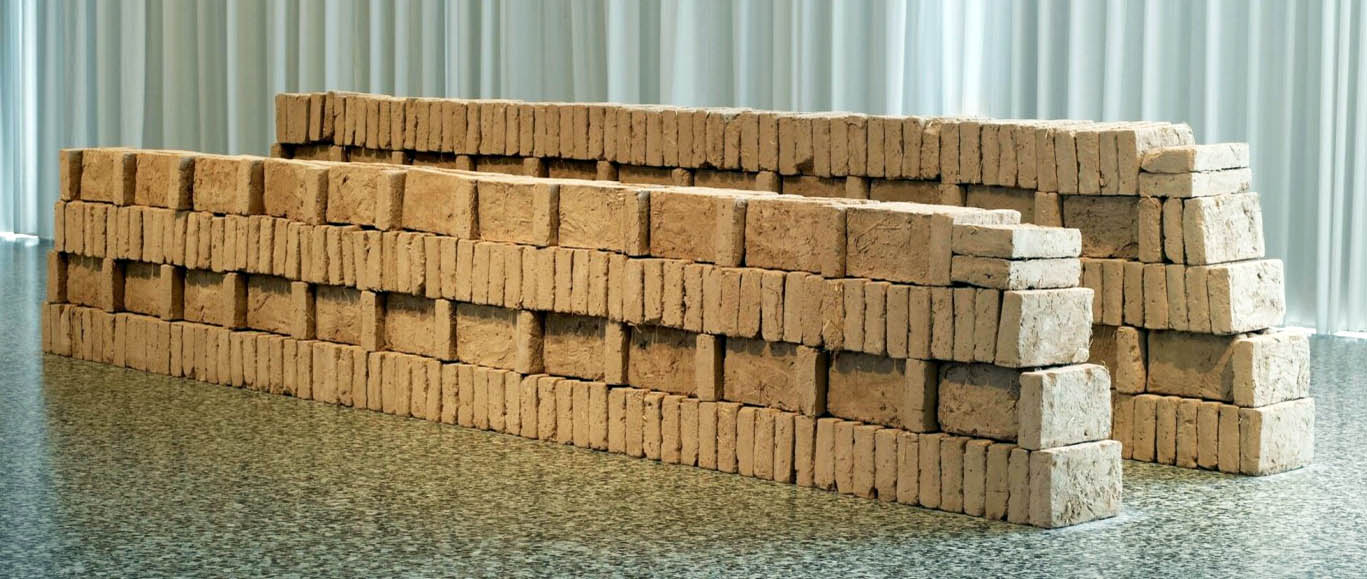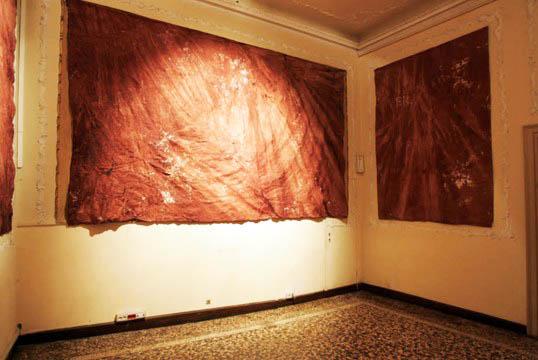|
|
|
|
The weekly newsletter of the México Solidarity Project |
|
|
|
Online at mexicosolidarityproject.org |
|
April 19, 2023/ This week's issue/ Meizhu Lui, for the editorial team |
|
|
A mortuary worker/Getty Images |
|
Body of Evidence, Evidence of the Body |
|
More dead. Within just the past two weeks, a fire at a Ciudad Juárez migrant camp left 38 dead in México and mass shootings at a school in Nashville and a bank in Louisville added still more dead to that total. The numbers mount, the atrocities multiply. After a while, our eyes glaze over. The stats distance us from the horror. We move on to the sports page.
But the stats we see all match up with actual bodies. And live people have to deal with that corporal reality. We seldom think about these live people: the workers who mop the blood up from floors and search for bone fragments in the dirt, who examine wounds for signs of torture or struggle and use syringes to draw out bodily fluids.
These staffers and technicians see, smell, and touch what used to be living people. They speak with the co-workers, friends, and family of the dead. Sometimes they may have even known the dead who come before them. What do they do with that intimacy? Where do they put it?
We talked last year with crime scene investigator Leonard Correa about his own experiences and the work of Mexican artist Teresa Margolles. Both Correa and Margolles have handled bodily evidence of violent deaths. Nothing can make them unsee or un-smell what they’ve experienced. They both have chosen to put that experience into art, to have viewers share their horror in the hope of fueling the movement to stop all the murders.
Weapons and reasons to kill abound all around us. But art can be a countervailing force that documents, that remembers, that keeps the dead alive in our hearts and minds. Flesh and blood disintegrate, but the dead will always be more than whatever may remain. |
|
|
|
Don’t miss an issue! Sign up for a free México Solidarity Bulletin subscription. |
|
|
|
|
The Art of Violent Death: A Photographic Take |
|
Leonard Correa worked as a crime scene investigator in Santa Ana, California, taking on-site photographs of crime victims. On one assignment, he found that his own cousin had been shot to death. To deal with his in-ability to forget the tragedies he was documenting, Correa would eventually turn to personal photography, and his photographs have since appeared in well-regarded public art exhibits.
You and the Mexican artist Teresa Margolles both had jobs involving the remains of those who died violently. How did those experiences affect the two of you? |
|
|
As a crime scene investigator, I witnessed the sheer and unimaginable brutality one human can inflict upon another. Many of the crime scenes left a lasting impression on my consciousness. Ordinary streets and buildings I had to keep passing became visual reminders of traumatic events. The rest of the world moved on, but I could not “unsee.” I found myself left to deal with all those triggers.
Teresa Margolles witnessed the results of acts of inhumanity tenfold more while she worked as a forensic pathologist in México during the “drug wars.” Many of us carry images of violence as a silent burden. Margolles rejects this burden. She chooses to incorporate the biological remnants of the victims into her sculptures. Blood and tissue from dead bodies become an inescapable element of her art.
Margolles focuses particularly on the murders of women, right? |
|
Yes, many of her pieces focus on femicide. One offers a moving photographic tribute to a murdered trans sex worker, memorializing someone from a group that society at large typically disdains.
In her mural Pesquisas, Margolles depicts the faces of 30 missing girls and women feared to have been abducted, sexually abused, and disappeared. The faces come from actual posters put up on the streets, in desperation. |
|
|
Margolles: from the mural Pesquisas |
|
One of her installations, a powerful work titled Lote Bravo, has a series of earthen, adobe-like blocks made from the dirt from various locations surrounding Ciudad Juarez, the places where hundreds of innocent women endured the horrors of rape and murder before their captors discarded them like toys that no longer held a child’s interest. These blocks may seem innocuous to the viewer, but, in context, they be-come a visual testimony to victims and crimes so many of us have forgot-ten. |
|
|
Margolles, Lote Bravo |
|
The blocks give viewers a sense of the victim pain and suffering that the Earth has absorbed, like a mother embracing a dying child in her arms. Margolles eases Mother Earth's burden by sympathetically removing the soil from her arms to create these blocks. Her art lets the spirits of those taken make an indelible mark on the consciousness of viewers. |
|
Does the incorporation of actual material from the dead into the art of Margolles give her work greater power?
Her use of cloths infused with the blood of victims following the autopsy procedure makes Lemas another forceful series. At first glance, the random patterns seem as intriguing as the Shroud of Turin. |
|
|
Margolles, from Lemas |
|
But as viewers get drawn in, the smell and the texture of the dried blood strikes the senses with the grim reality of a life lost to violence. |
|
|
Teresa Margolles |
|
In another Margolles installation, visitors enter an empty room and feel a cascade of bubbles hitting their skin. The bubbles come from water a morgue actually used to clean corpses after autopsies.
As an artist yourself, do you think these pieces simply honor the unnamed dead?
I feel that these artworks serve a dual purpose. In communities constantly exposed to violent crime, people quickly become desensitized to the plight of others. |
|
And those who only read about the crimes in their local papers or see those crimes on the nightly news often become indifferent to these horrors.
The art of Teresa Margolles forces us to confront the material reality of death. She wants all of us to be unable to forget, to know we have a moral obligation to speak out against these crimes. Her art calls us to action. |
|
|
Leonard Correa |
|
|
With ‘Friends’ like Biden and Blinken, Who Needs Enemies? |
|
Headlines on both sides of the border have, for weeks now, been trumpeting the cynical, dangerous, and warmongering Republican “solution” to the fentanyl crisis in the United States: bomb the cartels away, with or without the permission of the Mexican government. |
|
Make no mistake, military action by the US inside Mexican territory —without the approval of Mexican authorities — would be a gross violation of México’s sovereignty that makes a mockery of the UN Charter. |
|
|
The new Republican line links the quite real US synthetic opioid crisis — over 70,000 lives lost in 2021 alone — to “bad hombres” south of the border. Some 60 percent of Republicans now believe that “unauthorized migrants” are smuggling fentanyl across the US-Mexico border. In reality, US citizens are doing the vast bulk of that smuggling.
But that fact doesn’t seem to matter. The bombs-away “solution” out of the right-wing fringes has now entered the mainstream — and Democrats share the blame.
US Secretary of State Antony Blinken, for instance, could have rejected the right’s new line when he testified recently before a US Senate panel. Republican Senator Lindsey Graham wanted to know where the Biden administration stood on his proposal to designate organized crime groups as “foreign terrorist organizations,” a vital first step in carrying out unilateral military action inside Mexico. Blinken said the White House would “consider” that absurd notion, instantly breathing life into it.
Last week, México sent a large, high-level delegation to Washington to discuss security, arms trafficking, and fentanyl with their US and Canadian counterparts. The Biden administration essentially minimized the meeting’s importance, bringing to the table officials not at a comparable rank to the members of the Mexican delegation.
That lukewarm US approach to partnering with México on developing real solutions to the trafficking of synthetic opioids is helping the right’s push for unilateral military action gain traction. US military action against the cartels, let’s keep in mind, would lead to immeasurable suffering inside México, since the cartels’ irregular armed groups would quickly blend themselves into civilian populations upon any attack.
US policy makers, on both sides of the aisle, appear to care much more about political posturing than the Mexican blood that any new “war on drugs” would spill. US politicians need to come to their senses: Unilateral military action would blow up the US-México relationship. México surpasses both Canada and China as the largest U.S. trading partner. Any violation of México’s sovereignty via an act of war would drag the US down with it. |
|
José Luis Granados Ceja, a Mexican freelance journalist, is currently studying human rights and popular democracy at the Autonomous |
|
|
|
Recent news reports and commentaries, from progressive and mainstream media,
Jonathan Lowy and Luis Moreno, How to stop the Mexican cartels? Stop supplying them with guns, Washington Post. Some 70 to 90 percent of Mexican drug cartel guns come via U.S. gun stores, supplied by U.S. manufacturers and distributors.
Eduardo Murillo, Procederá FGR penalmente contra Francisco Garduño, titular del INM, La Jornada. La Fiscalía General de la República informó que procedió penalmente contra el director general del Instituto Nacional de Migración y otros funcionarios de esa dependencia por su negligencia en el caso de los migrantes que fallecieron durante el incendio de la estación migratoria de Ciudad Juárez.
Joseph Winters, US cities are recycling their plastic trash in México. Critics call it ‘waste colonialism,’ Fast Company. A new recycling plant in Mexicali raises legal and ethical concerns.
CropLife, Monsanto, Syngenta y Corteva, detrás de controversia contra México, ContraLinea. Las corporaciones trasnacionales CropLife, Bayer Monsanto, BASF, Syngenta y Corteva estarían detrás de la posible controversia que impulsará el gobierno de Estados Unidos – en el marco del T-MEC – contra México para frenar el decreto que prohíbe el maíz transgénico y el uso del herbicida altamente tóxico llamado glifosato.
Pablo Carlos Rojas Gómez, The INE Debate and the Formation of the Neoliberal Democracy in México, NACLA. México’s electoral institute, originally born out of struggles for democracy, has since become a guardian of the neoliberal Mexican state.
Dalila Escobar, AMLO recomienda a su sucesor comprar un banco y reformar el Poder Judicial, Proceso. El presidente López Obrador también propuso que quien ocupe la silla presidencial siga “moralizando a México”, que no permita la corrupción.
Interview with Mexico’s leading presidential contender Dr. Claudia Sheinbaum, Peoples Dispatch. Sheinbaum, the head of government in México City, describes her political roots in the student movement and much more.
Gobierno anuncia compra de parque eólico a empresa Iberdrola, campesinos zapotecos en “alerta legal”, Educa. Como parte de una estrategia para garantizar la “soberanía energética” del país., el gobierno mexicano anunció la compra del parque eólico La Venta III, además de 12 plantas más de generación energía eléctrica a la empresa Iberdrola.
Tom Polansek, After growing GM corn for decades, some US farmers open to Mexican restrictions, Financial Post. México has found unexpected allies as it tries to limit imports of genetically modified corn: some U.S. farmers who grow the crops.
EU: Documento desclasificado revela que López Portillo habría colaborado con la CIA, Sin Embargo. José López Portillo, Presidente de México de 1976 a 1982, fue colaborador de la Agencia Central de Inteligencia de los Estados Unidos, según un documento desclasificado el viernes por los Archivos Nacionales de ese país. |
|
|
The Mexico Solidarity Project brings together activists from various socialist and left organizations and individuals committed to worker and global justice who see the 2018 election of Andrés Manuel López Obrador as president of México as a watershed moment. AMLO and his progressive Morena party aim to end generations of corruption, impoverishment, and subservience to US interests. Our Project supports not just Morena, but all Mexicans struggling for basic rights, and opposes US efforts to undermine organizing and México’s national sovereignty.
Editorial committee: Meizhu Lui, Bruce Hobson, Bill Gallegos, Sam Pizzigati, Courtney Childs, Victoria Hamlin, Agatha Hinman, Steven Hollis, Daniel McCool, Betty Forrester, Jesús Hermosillo. To give feedback or get involved yourself, please email us! |
|
|
|
Subscribe! Get the México Solidarity Bulletin in your email box every week. |
|
|
|
Web page and application support for the México Solidarity Project from NOVA Web Development, a democratically run, worker-owned and operated cooperative focused on developing free software tools for progressive organizations. |













